If you’ve ever wondered how to make sourdough starter before you’ll love these easy instructions on how to make sourdough starter with blueberries! You’ll become a sourdough pro in no time.

Don’t let making a sourdough starter intimidate you, it’s actually super simple. I love to use the blueberry method to make my sourdough starter. Making sourdough starter does take a little time and patience but it is a very simple process.
Jump to:
- Ingredients needed
- Why use whole wheat flour for a sourdough starter?
- Equipment needed
- How to make sourdough starter with blueberries
- How to store sourdough starter in the fridge
- How to care for and feed your sourdough starter
- Easy sourdough bread recipes for beginners
- Why do I have to discard?
- Sourdough Starter FAQs
- Naming your sourdough starter
- How to Make Sourdough Starter with Blueberries
Ingredients needed
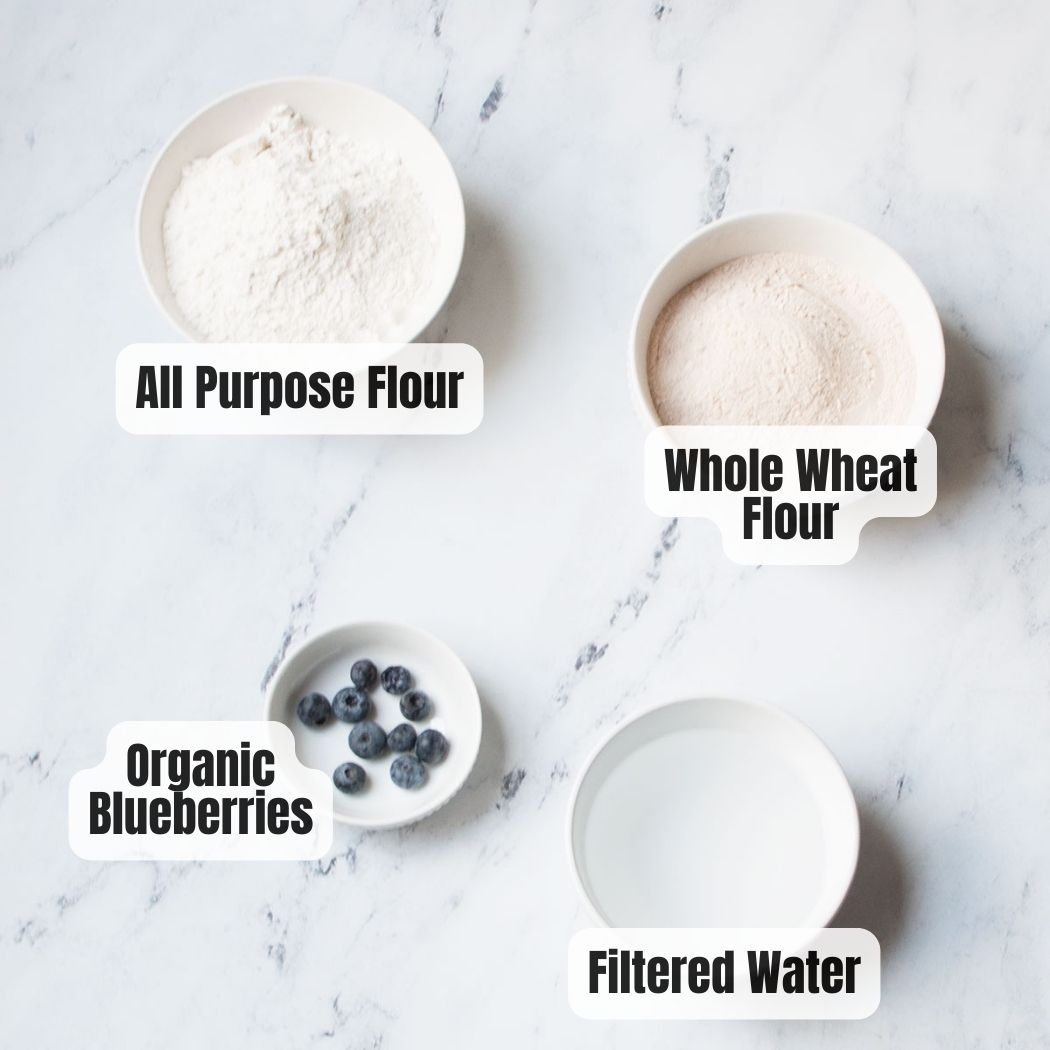
- Whole wheat flour: The base of the sourdough starter.
- All purpose flour: To feed the sourdough starter.
- Blueberries: I recommend using organic blueberries for making your starter. I find that this method doesn’t always work unless the blueberries are organic.
- Water: You will also need water for this recipe. I recommend using filtered or bottled water.
You need an extra large plastic tupperware container and plastic storage wrap to store the sourdough starter in. Make sure your tupperware container is clean before using.
Why use whole wheat flour for a sourdough starter?
There is more gluten in the wheat which will help with your bread making. Also, starting your starter with wheat will help it grow faster.
Equipment needed
You will need a large food grade plastic tupperware container and plastic storage wrap. Glass or stainless steel containers will also work just make sure your container is large enough.
How to make sourdough starter with blueberries
Printable instructions and cheat sheet are below.
Clean ten of your organic blueberries well then set them aside.
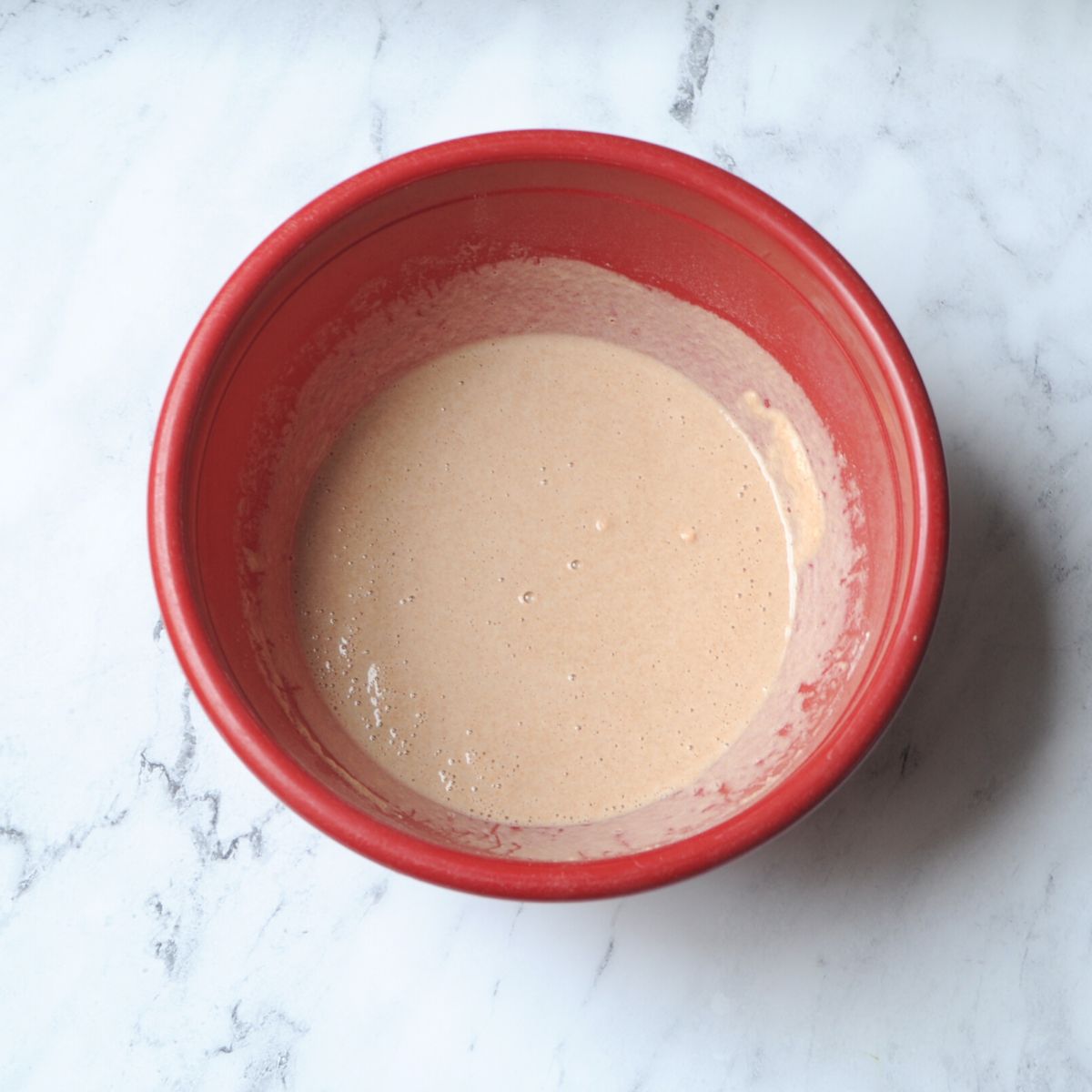
In a large plastic tupperware container, add two cups of whole wheat flour and then two cups of room temperature water. Add the blueberries in then mix well until it is a muddy consistency.
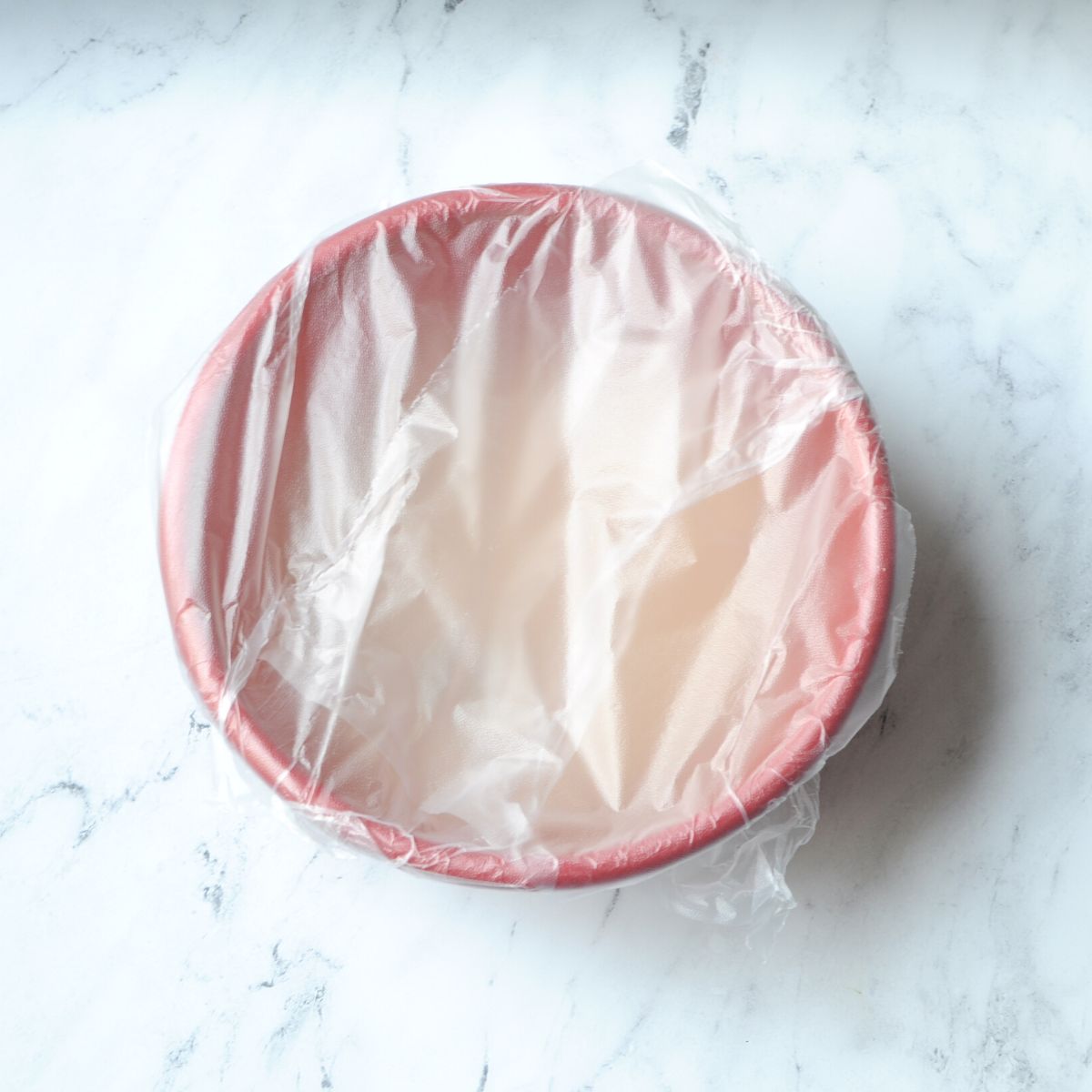
Cover the top of the container with plastic cling wrap. Make sure the wrap is sealed around the container tightly.
Leave the container on your kitchen counter (room temperature) for 24 hours then remove the plastic wrap.
If the contents smell yeasty (maybe even a little like vinegar and you may have some bubbles) then you have sourdough starter.
If the contents smell bad and are rust colored then dispose of the mix and start over.
Add one cup of room temperature water and one cup of all purpose flour each day for four more days. Stir well each time. Cover with plastic storage wrap and leave your starter at room temperature during these days.
If at any point the starter doesn’t smell yeasty and smells off or bad or has any fuzz (it will probably be rust or pink colored if it is off) discard it and start over.
On the fifth day your sourdough starter should be strong enough to keep in your fridge. There is no need to feed it this day, just transfer it to your fridge.
On the tenth day. Take your starter out of the fridge. Feed and discard again. You can return it to the fridge after 24 hours.
On the fourteenth day or later. Take your starter out of the fridge. Feed and discard again. It should be ready to use although it may take a few more weeks to mature. It should smell very yeasty and be bubbling.
If you are making sourdough in winter months, you may need to feed your starter for a few more days as the cold may prolong the process. Your starter may need a few more feedings (a few weeks of being alive) before it is strong enough to bake bread with.
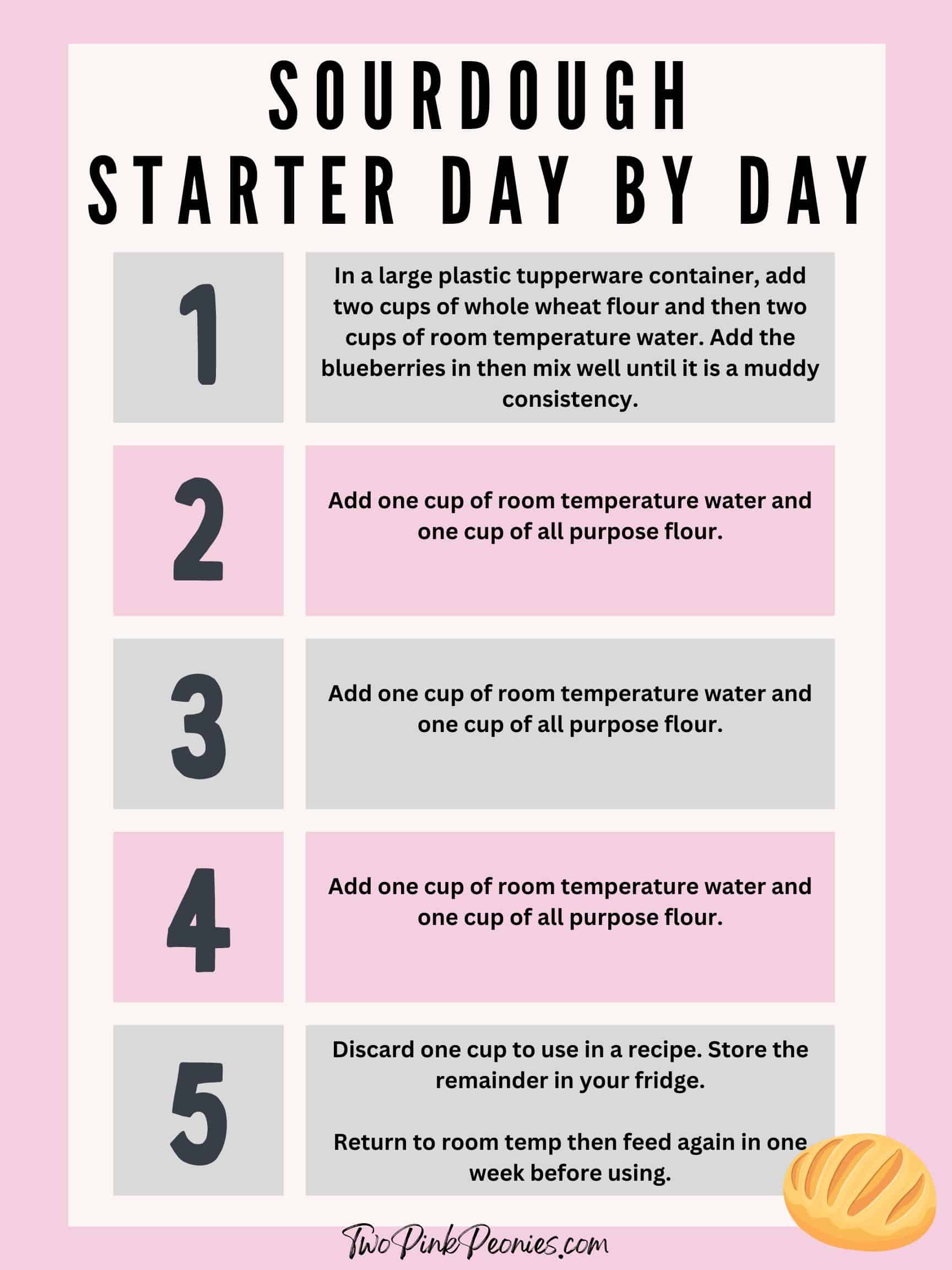
How to store sourdough starter in the fridge
Keep your sourdough starter in your fridge in an airtight container. You will want to take it out once a week to feed it. If you’re on vacation or miss a week, I’ve found that my starter is still good for up to 10 days before I need to feed it.
How to care for and feed your sourdough starter
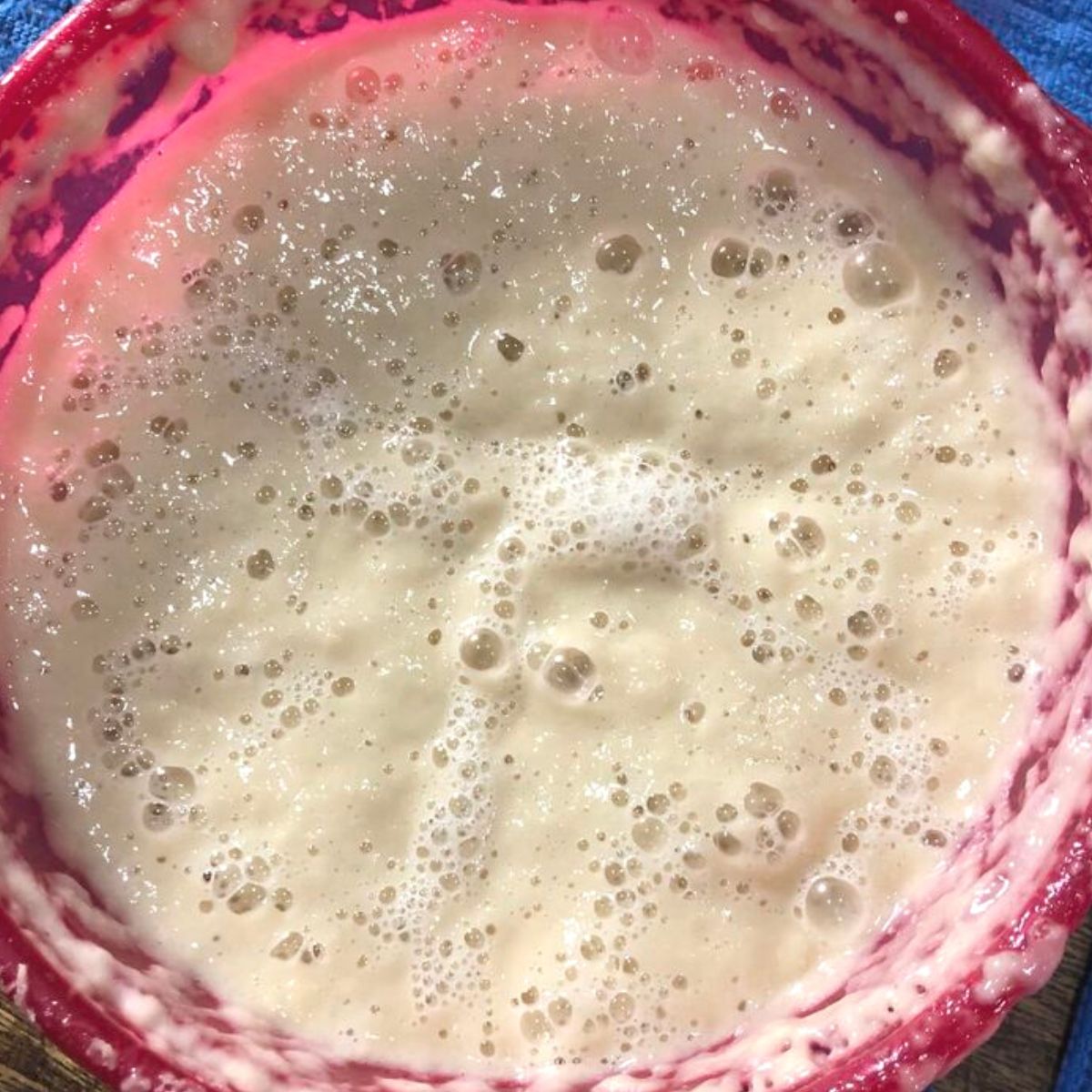
Each time you make bread (or use the discard to make other baked goods) you will need to leave some sourdough behind. You can’t use it all at once unless you don’t want to make any more sourdough.
Remove your starter from the fridge and feed it one cup of all purpose flour (or bread flour) and one cup of warm water. Let it sit out at room temperature for 24 hours after feeding it.
If starter is not being used in a recipe, put it back in the fridge and discard one cup. For the discard, you can toss it or there are tons of discard recipes (see below). You can also gift some to a friend!
Easy sourdough bread recipes for beginners
This sourdough bread without a scale and this basil sourdough bread are great recipes for new sourdough bakers.
Why do I have to discard?
If you do not discard, your sourdough may contain too much acid. If you are worried about kitchen waste, I have plenty of wonderful sourdough discard recipes below.
Sourdough discard recipes:
Sourdough Starter FAQs
If you notice an acetone smell coming from your sourdough it probably needs to be fed. Try discarding and then feeding it right away.
It could also be because your sourdough starter is new. If your starter is less than two weeks old, give it more time to mature. The smell should go away on its own.
Your starter could also need to be moved to a warmer location.
If the smell still continues after trying the above, toss it and start over.
If your sourdough starter has a hard shell on top, don’t panic. It means that your sourdough starter is too dry. Feed it at a higher hydration (more water) and stir the hard part in.
If possible, keep your kitchen temperature at least 68 degrees. It will help your starter to activate. If you are starting a starter in the winter (or cooler months) you may have to keep feeding it a few days longer before it will become active.
Blueberries are great for making sourdough starter with. I recommend using organic blueberries. Wild yeasts already occur on the outside of fruits like blueberries and provide a great food source for your starter.
It will help jump start your starter because the berries or fruit have a lot of natural yeasts and sugar for your starter to feed on.
Do not use your starter if you see mold, a rust color, or your sourdough smells bad. Very young starter can’t be used to bake bread because it won’t be strong enough. I recommend waiting a few weeks before baking bread.
Yes, no need to go crazy just give everything a good stir.
This is called the “hooch” or the alcohol on your starter. It is made from the wild yeast from your sourdough starter. This liquid indicates that your sourdough is hungry and needs to be fed.
Yes, you can use a metal spoon. Avoid using a metal bowl to store your sourdough in though.
It is a black liquid on top of your starter.
Throw away your sourdough starter if you see mold, a rust color, or your sourdough smells bad or like acetone.
Naming your sourdough starter
Many people name their sourdough starters. Some funny names I’ve heard are Jane Dough and Michael Bubbly. My kids named ours the monster.
If you tried this sourdough starter with blueberries or any other recipe on my site, please leave a ⭐ rating and let me know how it goes in the 📝 comments below. I would love to hear your sourdough starter’s name!

How to Make Sourdough Starter with Blueberries
Equipment
- extra large plastic container (food grade) stainless steel or glass also work
Ingredients
- 10 organic blueberries
- 2 cups whole wheat flour
- 3 cups all purpose flour
- 2 cups water room temperature (filtered or even bottled water work best)
Instructions
How to make the starter
- Clean ten of your organic blueberries well then set them aside.
- In a large plastic tupperware container, add two cups of whole wheat flour and then two cups of room temperature water.
- Add the blueberries in then mix well until it is a muddy consistency.
- Cover the top of the container with plastic cling wrap. Make sure the wrap is sealed around the container tightly.
- Leave the container on your kitchen counter (room temperature) for 24 hours then remove the plastic wrap.
- If the contents smell yeasty (maybe even a little like vinegar and you may have some bubbles) then you have sourdough starter.
- If the contents smell bad and are rust colored then dispose of the mix and start over.
- Add one cup of room temperature water and one cup of all purpose flour each day for four more days. Stir well each time. Cover with plastic storage wrap and leave your starter at room temperature during these days.
- If at any point the starter doesn't smell yeasty and smells off or bad or has any fuzz (it will probably be rust or pink colored if it is off) discard it and start over.
- On the fifth day your sourdough starter should be strong enough to keep in your fridge. There is no need to feed it this day, just transfer it to your fridge.
- On the tenth day. Take your starter out of the fridge. Feed and discard again. You can return it to the fridge after 24 hours.
- On the fourteenth day or later. Take your starter out of the fridge. Feed and discard again. It should be ready to use although it may take a few more weeks to mature. It should smell very yeasty and be bubbling.
How to care for your starter
- Each time you make bread (or use the discard to make other baked goods) you will need to leave some sourdough behind. You can't use it all at once unless you don't want to make any more sourdough.
- Remove your starter from the fridge and feed it one cup of all purpose flour (or bread flour) and one cup of warm water. Let it sit out at room temperature for 24 hours after feeding it.
- If starter is not being used in a recipe, put it back in the fridge and discard one cup. For the discard, you can toss it or there are tons of discard recipes (see below). You can also gift some to a friend!


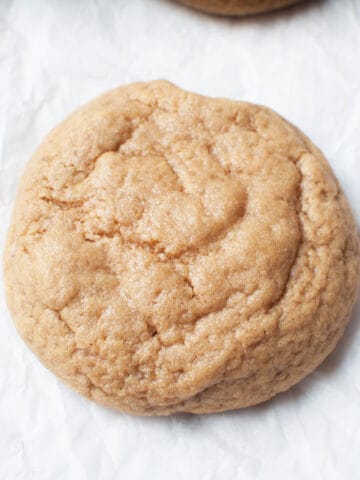
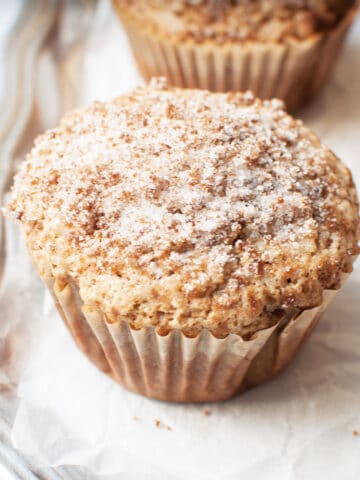


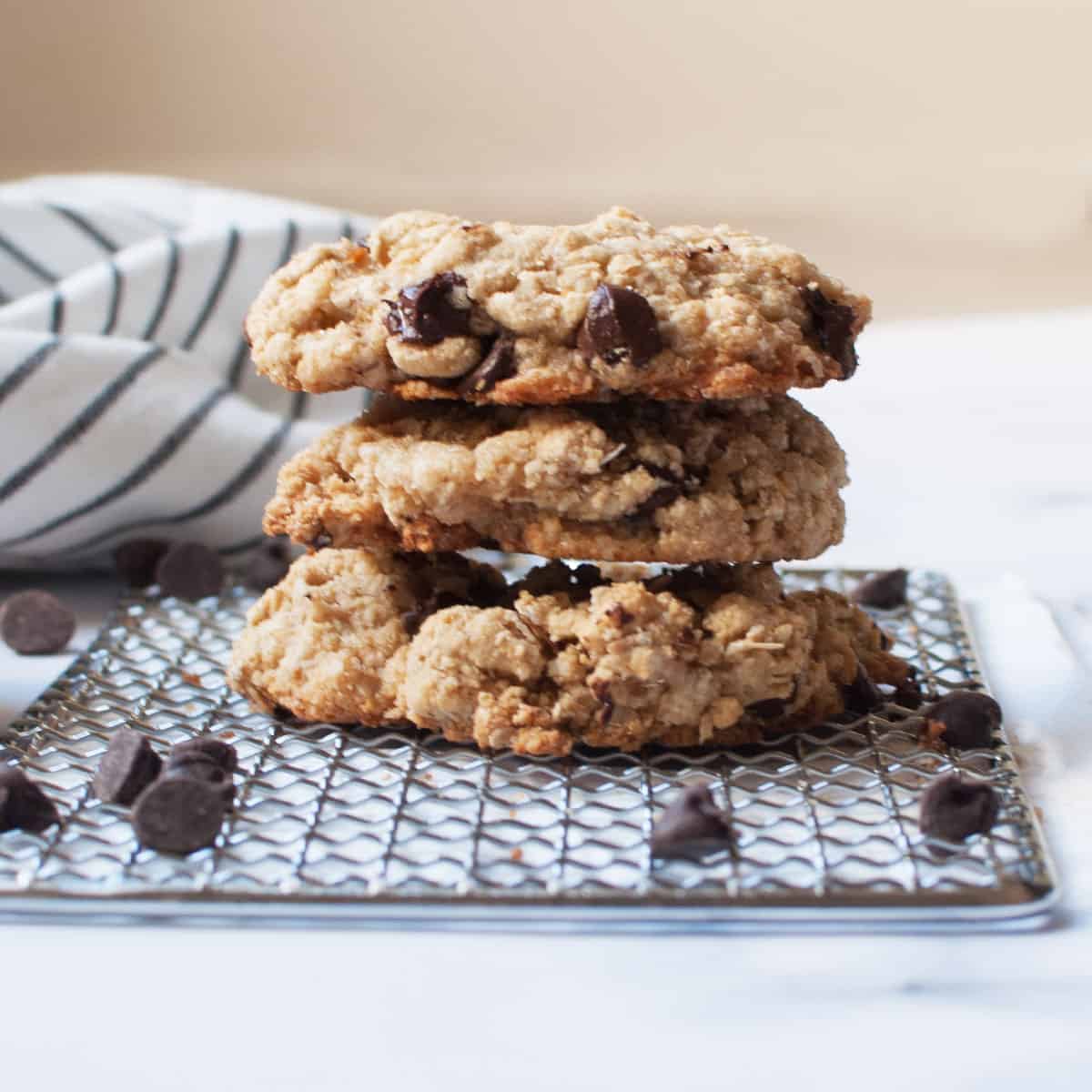
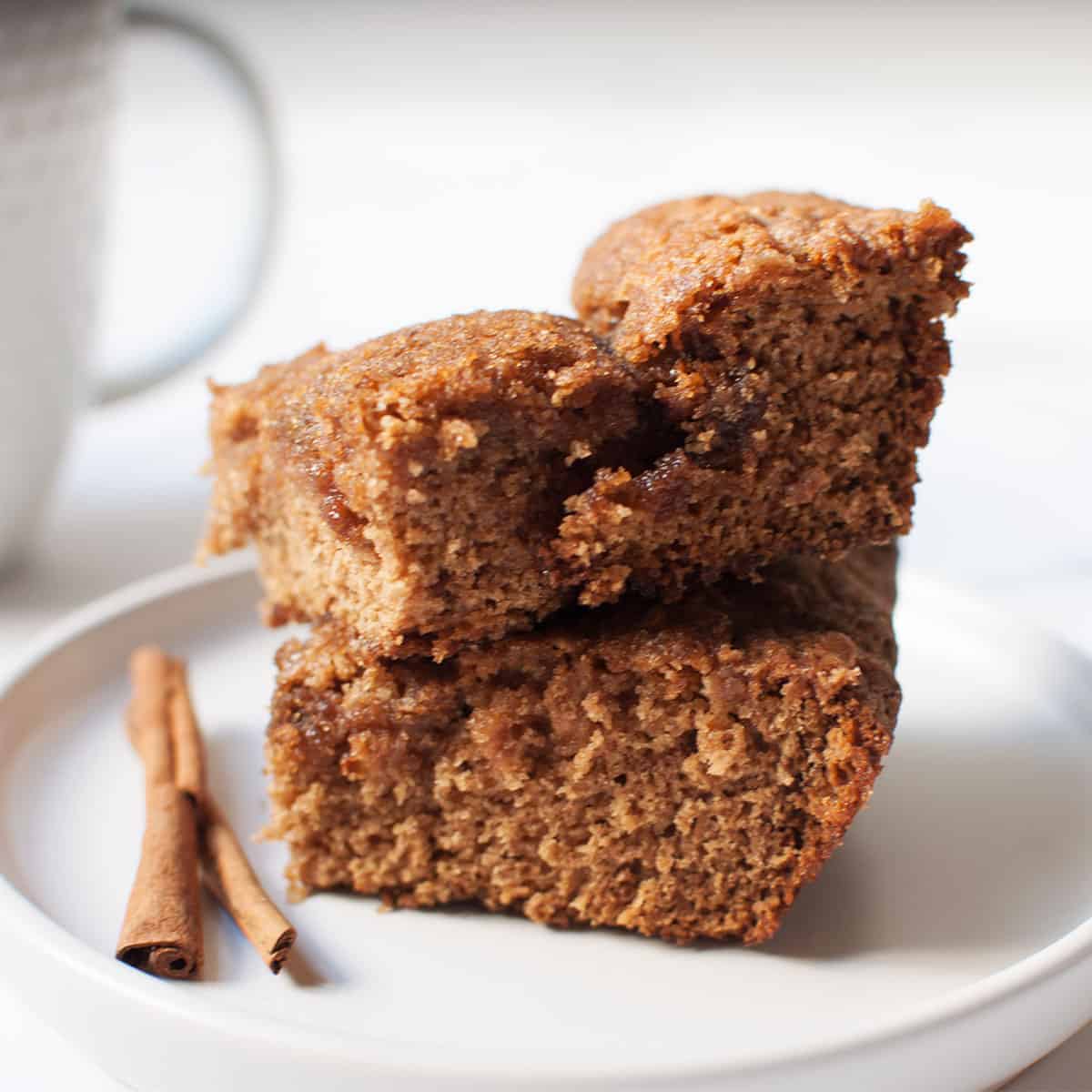
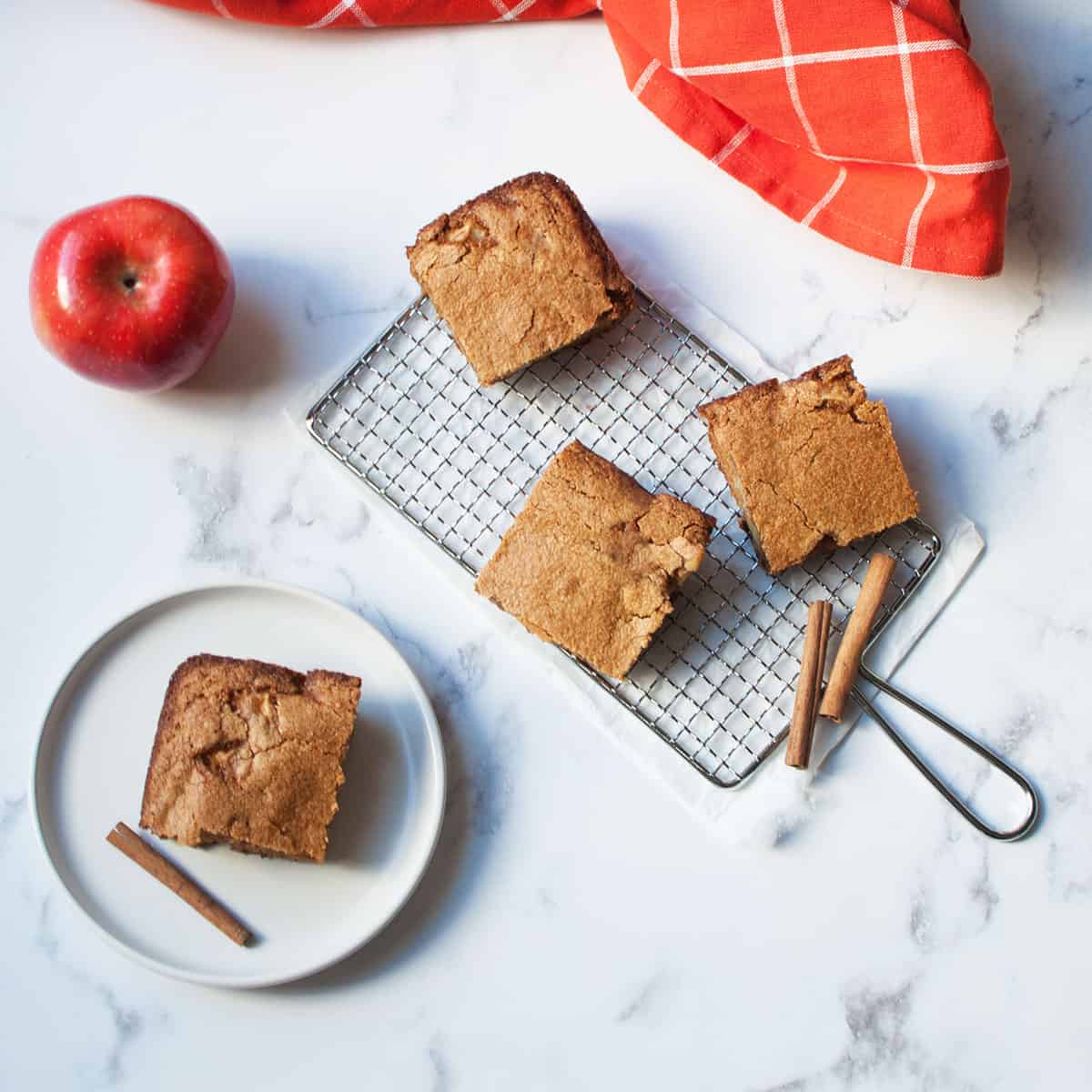
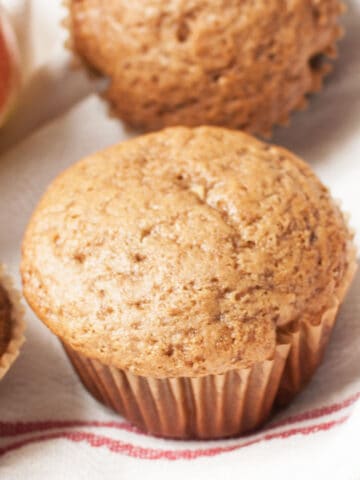
Heather
Do you leave the blueberries in it or take them out somewhere along the way?
Audrey
Mix them in (you may want to mush them when stirring). The yeast will feed from the sugar in blueberries.
Helen at the Lazy Gastronome
I need try this when blueberries come into season! Pinned.
Nora
What an amazing idea to make a sourdough starter with blueberries! Can’t wait to give it a try! Love it!